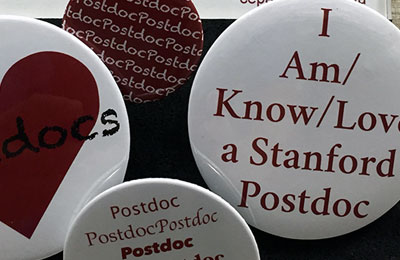Welcome to Center for Education Policy Analysis (original) (raw)
- Upcoming Events
- See All Events →
We’re the #1 Education Policy Program in the Nation
Undergraduate
We encourage undergraduates interested in quantitative education policy to apply for Research Assistantship possibilities within CEPA.
Learn More →
Doctorate
Our doctoral education policy training program has been recognized repeatedly as the top education policy program in the country.
Learn More →
Postdoctorate
We seek postdoctoral fellows with interests in developing and applying their skills in rigorous quantitative education policy analysis.
Learn More →
CEPA in the News
- The police in St. Petersburg, Fla., knew well that Jeffrey Haarsma had mental-health issues. Officers had been to the 55-year-old’s home at least 25 times in the year prior to an emergency call on Aug. 7, 2020. But the lone responding officer shot and killed Haarsma, who was unarmed, as he attacked her during an attempted arrest over a minor offense. While Pinellas County officials later decided the shooting was justified, they also concluded the call should have been handled as a mental-health issue rather than a criminal investigation.
Since that day, there have been nearly 2,000 fatal shootings by police officers in the line of duty. Roughly 1 in 5 involved a police response to someone showing signs of mental illness. It doesn’t have to be this way. - In the fall of 2016, the office of Federal Student Aid (FSA) launched a set of pilot programs to assess potential expansions of federal financial aid. One of these programs allowed participating colleges to award Pell Grants to eligible high school students concurrently pursuing college coursework. This program, set to end in summer 2022, was established to increase access to dual enrollment and subsequent college attendance for students of low-income families.
In a recent article published in Educational Evaluation and Policy Analysis (EEPA), we show that this program not only failed to increase low-income students’ access to dual enrollment but may have actually decreased access. Despite the good intentions behind the program, it created new barriers to dual enrollment for colleges and families. These unintended consequences offer important lessons for policymaking.


